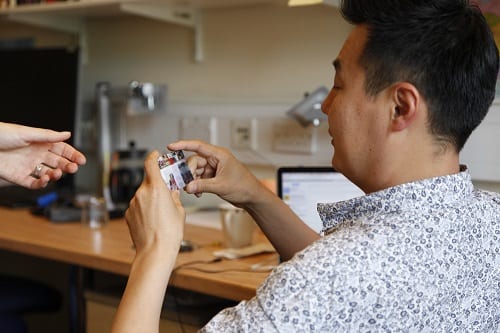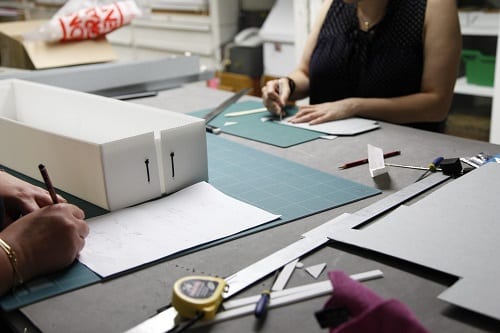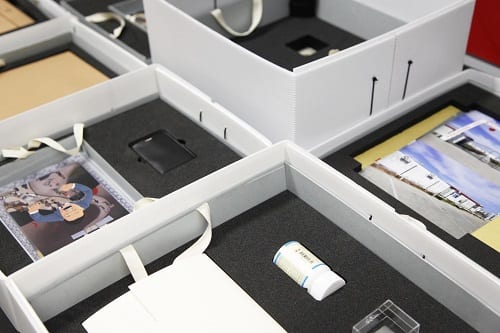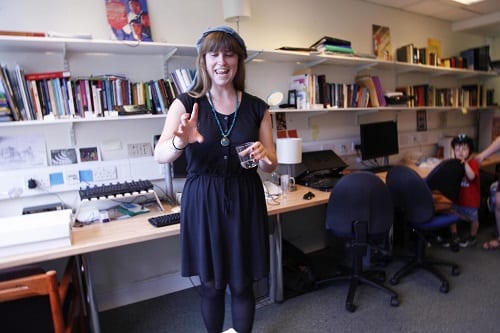Toolkit for an Art-Anthropology Exchange, Tavan Tolgoi – Part 1
By uczipm0, on 4 September 2017
This is the first in a series of short blogs by Rebecca Empson and artist / curator Hermione Spriggs about our on-going exhibition project called Tavan Tolgoi, taking place between the UCL Department of Anthropology and a selected group of international artists. Our art-anthropology exchange has begun and will result in an exhibition, with associated events, in the summer of 2018 in London, all part of the larger ERC-funded Emerging Subjects of the New Economy, Tracing Economic Growth in Mongolia project led by Dr Rebecca Empson.
In 2014 I wrote to Rebecca to seek advice on my research and proposed project for the 3rd Land Art Mongolia Biennial. My contribution to the art biennial, remotely situated in the Orkhon Valley of Mongolia, stemmed from a simple proposal: that I would stay with a herding family and do all I could to “become” their uurga lasso. The uurga is a pole lasso used by nomadic herders in Mongolia to capture and reign in wild horses and other grazing animals on the Mongolian steppe. A mutualistic relationship with horses forms an important part of life-support for herding families in Mongolia, and the uurga (a literal connecting device between the perspectives of herder and horse) seemed to me an enticing aperture through which to capture and glean an initial understanding of the ways in which nomads relate to, and make use of, the non-human persons and natural resources that underpin their wellbeing and livelihood in Mongolia today.
In short, the uurga lasso isolates, encircles and extracts a given horse from the environmental ground within which it dwells, and deposits portions of this wild animal into domestic space. A broader conversation opened up between Rebecca and myself, as we started asking questions around how attending to the lasso and its bifurcated perspective between herder and horse might suggest analogous figure-ground reversals between art and anthropology. Related methodological concerns undergird the broader Emerging Subjects research project, which addresses not only what is at stake in the context of economic crisis and environmental change in Mongolia, but also how an understanding of social responses to these issues might best be extracted lasso-like through fieldwork and deposited into broader public understanding. What is the style of matters of concern?, i.e., how might we model them in order to get a grip (if not exactly reign them in)?[1] It was on this basis that Rebecca and I decided to organize an experimental exchange and collaboration between the research team at UCL and a group of international artists, whose practice is either based in Mongolia or relates intimately to the themes of the project.
Our exchange and exhibition ‘Five Heads’ (Tavantolgoi) brings together the work of five anthropologists and five artists researching and responding to the dramatic rise and fall of Mongolia’s economy, exposed to the wider global commodity super-cycle, and increasingly dependent on China. The title refers to Mongolia’s largest coal mine, composed of five coal-rich mounds or ‘heads’ that lend the mine its name. The exhibition maps an exchange of materials and perspectives extracted and mobilised between the geosphere and human culture, and between anthropology and art in Mongolia and London.
Mongolian artist Tuguldur Yondonjamts (Ulaanbaatar / New York) is collaborating with Rebekah Plueckhahn, whose research delves into different urban spaces in Ulaanbaatar, investigating social strategies for assessing and assuring ownership of property in Mongolia’s capital. Bataarzorig Batjargal and Nomin Bold, both of whom trained in painting at the School of Fine Arts in Mongolia, will make a collective work in response to research by Bumochir Dulam around environmental protest and the recreation of national identity in Mongolia. London-based artist Yuri Pattison is accompanying Hedwig Waters during her field research at at Khalkh-Gol, exploring networks of debt and the extraction and circulation of a particular medicinal root across the Mongolian-Chinese border, whist Marc Schmitz and Dolgor Ser Od, a German/Mongolian artist duo who organise the Land Art Mongolia Biennial, have been sent calling cards and materials from Rebecca Empson’s research into Money Calling rituals and city-based shamanic practices in Ulaanbaatar. Deborah Tchoudjinoff (London) is working closely with Lauren Bonilla whose multi-site fieldwork includes time spent working at the Tavan Tolgoi mine itself. Deborah is applying her ongoing experiments with augmented reality technology to Lauren’s research into the temporal, material and affective dimensions of the extractive industry in Mongolia.
We are currently in the first stage of our exchange and hope to write subsequent pieces as the project progresses. A few weeks ago the artists received ‘ethnographic fieldwork boxes’ designed by Hermione at the Institute of Making and made with support from Delphine Mercier, curator of UCL Ethnographic Collections and assistant objects conservators Netanya Schiff and Ignacio Faccin. Once put together and assembled with materials from each of the researcher’s fieldwork and writing the boxes were each posted to Mongolia, London, New York and Germany respectively. Each box contains different materials from each of the researcher’s fieldwork, including sound, text, physical artefacts, images and materials, and customised USB drives containing other forms of data.
Now in the hands of the five artists as toolkits for their work, they have been invited to engage with the themes and materials delivered, forging site-specific and politicized responses to the material, while drawing on their own experiences of the Mongolian Wolf Economy, or related theoretical concerns.
The artworks generated through this process are not expected to be a direct response to the researcher’s work, but contribute to a new wave of cultural production in and around Ulaanbaatar, reflecting the diverse ethical projects and strategies that come to flourish in the face of dramatic environmental change and wild economic fluctuation. Here the ethnographic process is itself mined and exposed in tandem with the extraction of economic data and raw materials collected on site during a series of visits to Mongolia’s largest coal, copper and gold mines and the areas they impact.
The migration of ideas and materials from Mongolia to the UK and back again also echoes a larger migratory cycle of economic power from the West to the New East. As global cores and peripheries exchange places and rehearse histories of empire-formation, we learn of geo-ontological emergence, possible capitalist futures, and alternative strategies for creative survival in the present.
The art-anthropology exchange as curated by Hermione envisages four distinct stages of ‘extraction’, a term which echoes the workings of the mineral economy itself as well as the process by which exchange of ideas is mined and transformed in the process of collaboration. Five Heads (Tavantolgoi) is itself a process of mining and extracting.
Artistic outcomes surface through four layers of extraction, migration, translation and exchange:
1) Extraction of ethnographic themes, materials and methodologies in London, reassembled as physical ‘toolkits’ for artists.
2) Migration of ‘toolkits’ – as ethnographic fieldwork boxes – to Artists
3) Translation of ethnographic knowledge into artistic themes and processes, contributing to artist research in Mongolia and beyond.
4) Exchange between Artists, collaborating Researchers, and the broader public through an exhibition and public events program in London 2018, enabling further interdisciplinary dialogue and the formation of larger collaborative networks.
Driven and curated by Hermione, this innovative research-based collaboration between five artists and five researchers will reach audiences and communities beyond our usual written texts. The crossing-over of art and anthropology makes space for a playful and speculative space, at once liberated from the predefined objectives of academic research, whilst remaining tethered to the localized engagement and worldly impact of anthropological knowledge.
Working with artists relocates the project’s research themes by asking serious questions of the objects, photographic documents and other materials collected by the Emerging Subjects team. It inevitably expends the conceptual and political dimensions of ethnographic research, through the artist’s’ own personal responses to social and economic contexts within which their own working practice is situated. It also enables broader engagement with the research content itself, through public exhibition and an events series that will bring participating anthropologists and artists together in creative and critical dialogue around many of the project’s themes. We look forward to reporting further in Part 2.
To receive further information about the Five Heads exhibition and its related events please email h.spriggs@ucl.ac.uk
[1] Bailey S (2015) ‘Towards a Critical Faculty (Only an Attitude of Orientation) From the Toolbox of a Serving Library’ publication online after a program led by Stuart Bailey and David Feinfert at the Banff Center, Banff, July 4 – August 7 2011.
Photos copyright of Hermione Spriggs.
 Close
Close






















